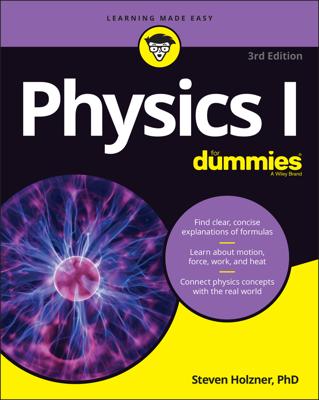Not all physicists really believe that these universes exist. Even fewer believe that it would ever be possible to contact these parallel universes. Following, are descriptions of different levels, or types of parallel universes, scientists have discussed.
Level 1: If you go far enough, you’ll get back home
The idea of Level 1 parallel universes basically says that space is so big that the rules of probability imply that surely, somewhere else out there, are other planets exactly like Earth. In fact, an infinite universe would have infinitely many planets, and on some of them, the events that play out would be virtually identical to those on our own Earth.We don’t see these other universes because our cosmic vision is limited by the speed of light — the ultimate speed limit. Light started traveling at the moment of the big bang, about 14 billion years ago, and so we can’t see any further than about 14 billion light-years (a bit farther, since space is expanding). This volume of space is called the Hubble volume and represents our observable universe.
The existence of Level 1 parallel universes depends on two assumptions:
-
The universe is infinite (or virtually so).
-
Within an infinite universe, every single possible configuration of particles in a Hubble volume takes place multiple times.
Level 2: If you go far enough, you’ll fall into wonderland
In a Level 2 parallel universe, regions of space are continuing to undergo an inflation phase. Because of the continuing inflationary phase in these universes, space between us and the other universes is literally expanding faster than the speed of light — and they are, therefore, completely unreachable.Two possible theories present reasons to believe that Level 2 parallel universes may exist: eternal inflation and ekpyrotic theory.
In eternal inflation, recall that the quantum fluctuations in the early universe’s vacuum energy caused bubble universes to be created all over the place, expanding through their inflation stages at different rates. The initial condition of these universes is assumed to be at a maximum energy level, although at least one variant, chaotic inflation, predicts that the initial condition can be chaotically chosen as any energy level, which may have no maximum, and the results will be the same.
The findings of eternal inflation mean that when inflation starts, it produces not just one universe, but an infinite number of universes.
Right now, the only noninflationary model that carries any kind of weight is the ekpyrotic model, which is so new that it’s still highly speculative.
In the ekpyrotic theory picture, if the universe is the region that results when two branes collide, then the branes could actually collide in multiple locations. Consider flapping a sheet up and down rapidly onto the surface of a bed. The sheet doesn’t touch the bed only in one location, but rather touches it in multiple locations. If the sheet were a brane, then each point of collision would create its own universe with its own initial conditions.
There’s no reason to expect that branes collide in only one place, so the ekpyrotic theory makes it very probable that there are other universes in other locations, expanding even as you consider this possibility.Level 3: If you stay where you are, you’ll run into yourself
A Level 3 parallel universe is a consequence of the many worlds interpretation (MWI) from quantum physics in which every single quantum possibility inherent in the quantum wavefunction becomes a real possibility in some reality. When the average person (especially a science fiction fan) thinks of a “parallel universe,” he’s probably thinking of Level 3 parallel universes.Level 3 parallel universes are different from the others posed because they take place in the same space and time as our own universe, but you still have no way to access them. You have never had and will never have contact with any Level 1 or Level 2 universe (we assume), but you’re continually in contact with Level 3 universes — every moment of your life, every decision you make, is causing a split of your “now” self into an infinite number of future selves, all of which are unaware of each other.
Though we talk of the universe “splitting,” this isn’t precisely true. From a mathematical standpoint, there’s only one wavefunction, and it evolves over time. The superpositions of different universes all coexist simultaneously in the same infinite-dimensional Hilbert space. These separate, coexisting universes interfere with each other, yielding the bizarre quantum behaviors.
Of the four types of universes, Level 3 parallel universes have the least to do with string theory directly.
